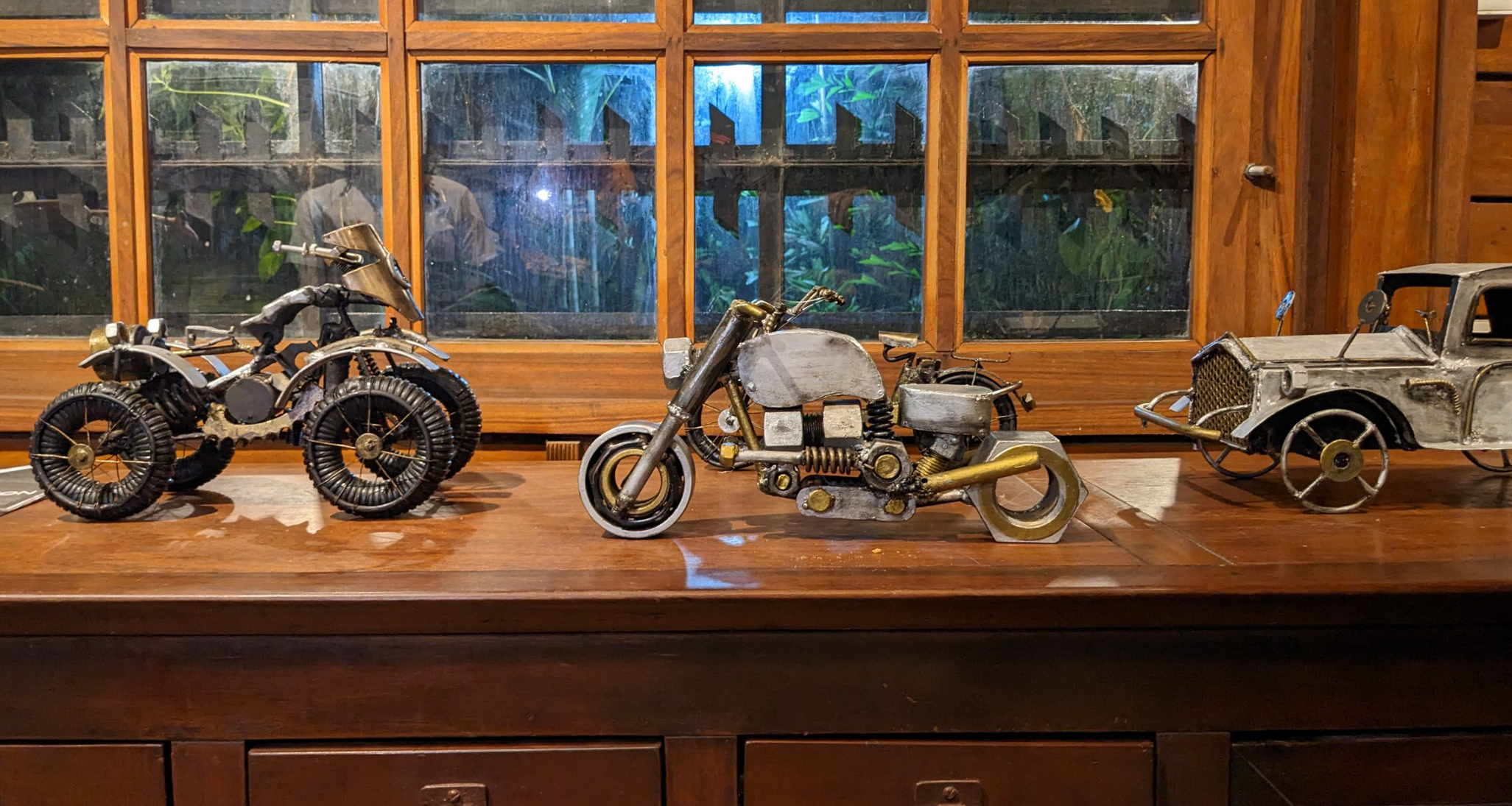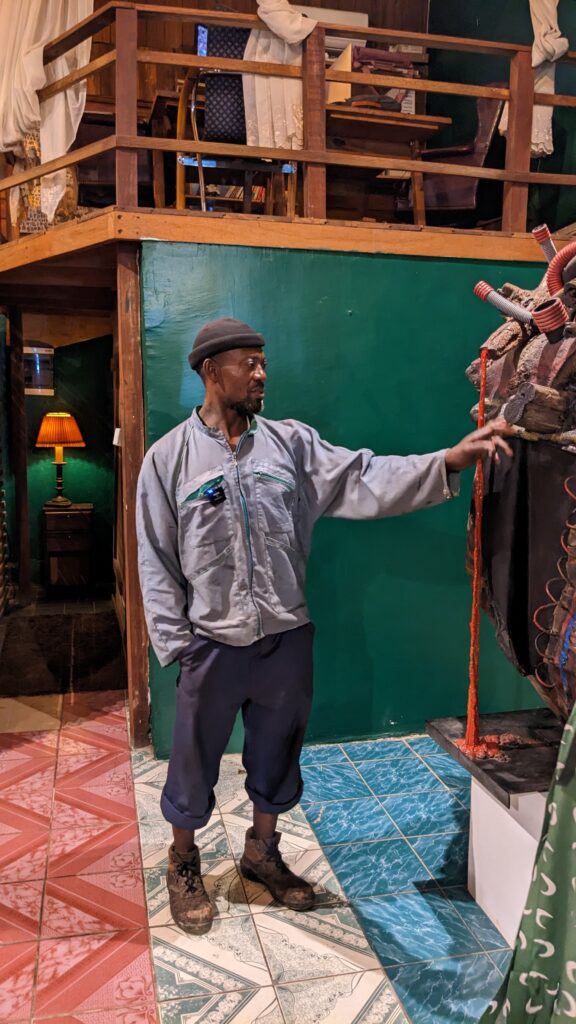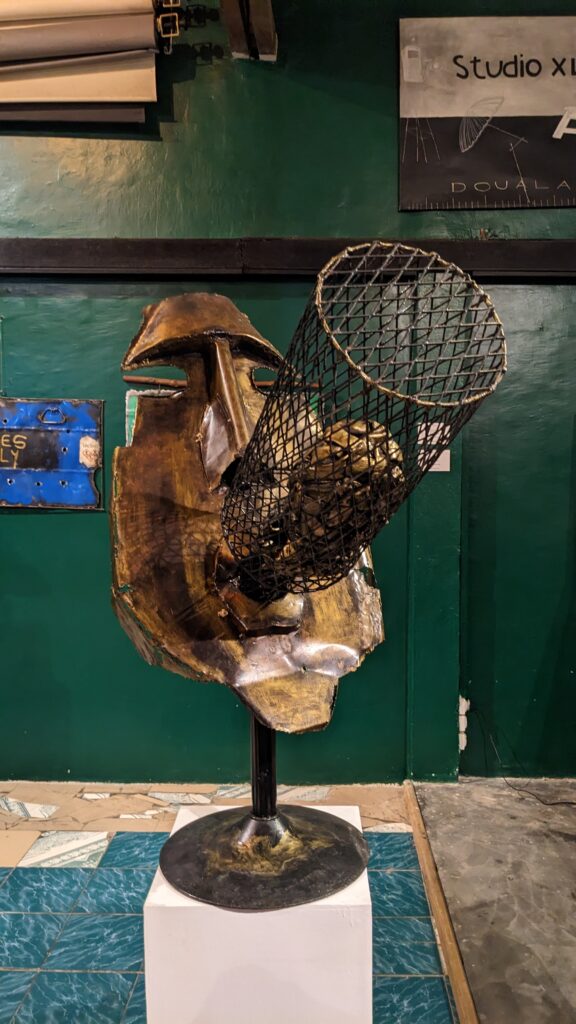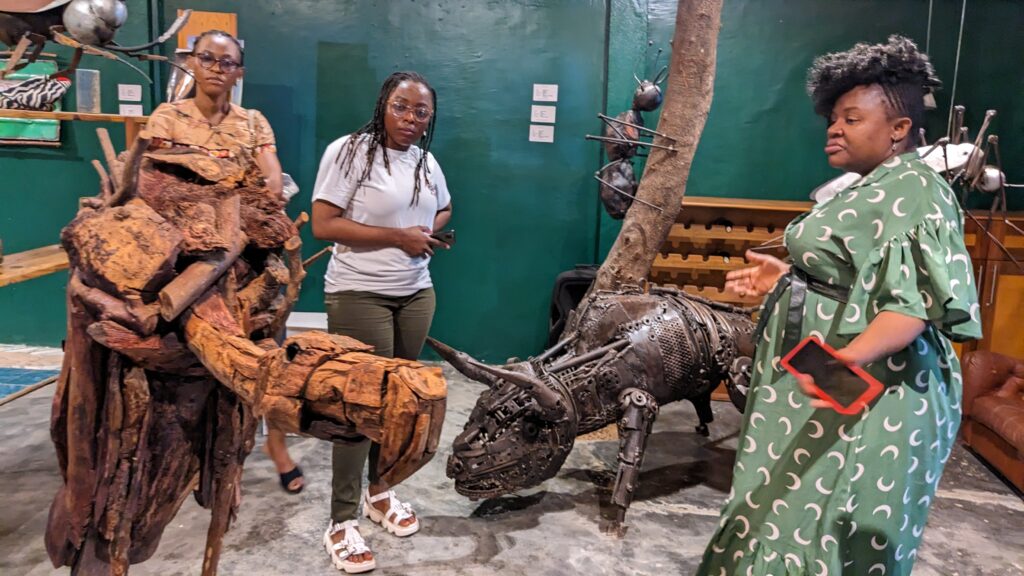
Dibenja Ngotto

Dibenja Ngotto
In the bustling city of Douala, Cameroon, unattended excess waste lines the streets and creates social and environmental chaos.
Douala is the economic capital and chief port of Cameroon. It’s situated on the southeastern shore of the Wouri River estuary, on the Atlantic Ocean coast about 130 miles (210 km) west of Yaoundé, – the country’s political capital.
The United Nations identified inadequate collection and disposal of solid waste as one of the major environmental concerns of the city of Douala.
“Solid waste is affecting and changing the environment adversely in many ways. Plastic waste, for example, is carelessly buried in the soil and modifies soil texture – making it less porous. More frequently plastic waste is burnt in the open air resulting in the release of persistent organic pollutants (POPs),” the UN noted in a study.
According to Cameroon’s Ministry of Environment, Nature Protection, and Sustainable Development, the country generates over 6 million tons of waste per year. In 2022 alone, the amount of plastic waste generated amounted to about 600,000 tons — roughly 10% of the total country’s waste — the highest in central Africa. Among the total waste the country produces, it’s estimated the city of Douala alone generates 20 tons of plastic waste daily.

Faced with this issue, one artist has taken it upon himself to bring about change. Serge Binen, a native of Douala and environmental and climate activist, has embarked on a unique mission to clean his city by transforming waste into beautiful works of art.
“I’m passionate about recycling waste. I give life to waste — all that’s rejected — plastics, metals, and wood. Once it is disposed of, I recollect and breathe life into them,” Binen said. For this artist, recycling waste might be a passion today, but this wasn’t the case initially.
“I was born in the swamps of New Bell, precisely in the Ngange neighborhood. Each time it rained, lots of waste flooded our neighborhood. Equally, the waste [that] people were disposing of was polluting our immediate environment. That pushed me to begin transforming it [waste], in a bid to have a clean and less polluted environment. That’s what motivated me,” Binen said.
Binen’s vision as an artist is to create captivating artworks to address the environmental crisis plaguing his community. He saw immense potential in discarded materials – such as plastic, metal, wood, and aluminum – contributing to the overwhelming waste problem the city is grappling with.
According to Binen, recycling waste is a long process.
“When I want to recycle waste, I begin by brainstorming. That can take a month. Once I have the structure of what I want to create in mind, I begin visiting dump sites to identify what waste to collect for the piece of art I want to produce. There are days I go as far as inshore to fetch waste that has been flown downstream during heavy rains – especially wood for sculpture designs,” Binen said.

Though Binen’s recycling efforts are already creating an impact, he says bringing others on board will do much more.
“Combating wrongful waste disposal and pollution requires joined efforts – because the amount of waste produced daily is overwhelming,” Binen said.
To get others invested in this initiative, he’s integrated “artivism” in his work – a combination of works of art and activism. According to the Arts Council Santa Cruz County, “Artists show what activists are up to in ways that people can connect to – they put activism and the things we care about on the map.”
“To me, transforming waste into stunning sculptures, murals, and other by-products is the art aspect. While sensitizing people, having installations that captivate the eye and spark conversations around climate change, as well as raise awareness of the dangers of waste to the planet is the activism component of my work artivism,” Binen said.
By transforming non-degradable waste into beautiful and meaningful art pieces, Binen advocates for environmental protection and raises awareness about the urgent need for action and a sustainable lifestyle.
To amplify his impact, he’s collaborated with local authorities, environmental organizations, and fellow artists. Together, they organize cleanup campaigns, educational programs, and public installations that inspire and mobilize the community.
Binen’s collaborative approach has helped bridge the gap between authorities and citizens, thereby fostering a sense of unity and purpose in the fight against waste.

With the rapid urbanization in Douala, the economic capital of Cameroon, the daily generation of waste has increased exponentially. The city as of early 2023 had a metro area population of “4,063,000 inhabitants up from 3,927,000 inhabitants from 2022, marking a 3.46% increase,” according to macrotrends.
When asked what has to be done to curb the perennial and ever-rising problem of waste in the city, Binen said the residential population needs to adopt a culture of sorting waste.
“Secondly, they have to define and respect dumpsites – while ensuring that non-biodegradable waste is recycled. Just the simple habit of dumping the right type of waste, in the right place and at the right time, will facilitate the work of other artists and recycling firms – eager to transform waste,” he added.
In 2007, the Intergovernmental Panel on Climate Change (IPCC) said that recycling reduces greenhouse gas emissions by lowering demand for fossil fuels and increasing the use of recycled materials.
“Efficient use of materials also reduces waste. Material efficiency can be defined as a reduction in primary materials for a particular purpose, such as packaging or construction, with no negative impact on existing human activities,” the IPCC noted.
“Without recycling waste, Douala and any other town on planet earth will be gunning for trouble and a chaotic environment. So, we must recycle,” Binen said.